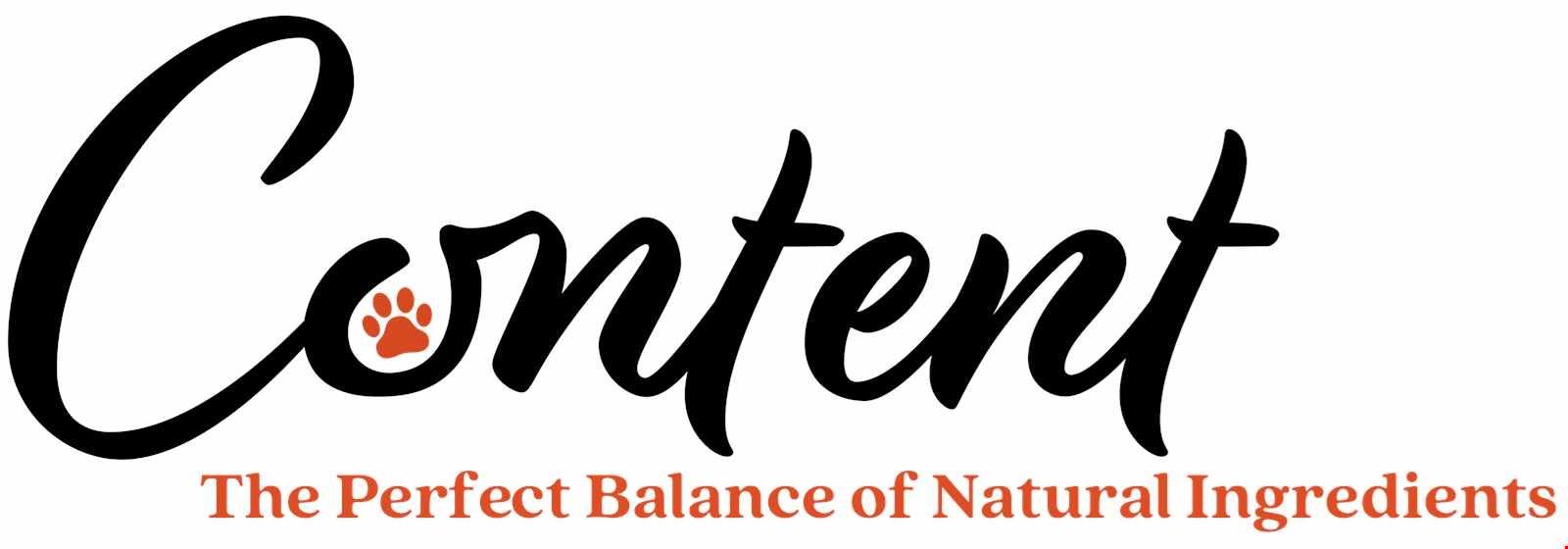 When it comes to feeding our pets, we all want to do what’s best for their health, happiness, and long-term wellbeing. Two of the most talked-about feeding options today are raw feeding and dried kibble — each with its own passionate supporters and unique advantages.
When it comes to feeding our pets, we all want to do what’s best for their health, happiness, and long-term wellbeing. Two of the most talked-about feeding options today are raw feeding and dried kibble — each with its own passionate supporters and unique advantages.
If you're considering switching up your pet’s diet or just curious about the differences, here’s an honest look at the pros and cons of raw feeding versus kibble, including some lesser-known practical considerations.
🥩 Raw Feeding: The Pros and Cons
The Appeal:
Raw feeding, often based on a "BARF" diet (Biologically Appropriate Raw Food), typically includes raw meat, bones, and organs, often with added vegetables, fruits, and supplements. The idea is to mimic what a dog or cat might eat in the wild.
Pros:
- Unprocessed Ingredients: Many raw feeders appreciate that their pet’s food is free from preservatives or artificial additives.
- Customisation: You have control over exactly what your pet eats and can tailor the diet to their specific needs or sensitivities.
- Palatability: Many pets love the taste and texture of raw food.
Cons:
- Storage Requirements: Raw food needs to be kept frozen or refrigerated, which can take up a lot of space. Planning ahead is essential for thawing and meal prep.
- Hygiene Risks: Raw meat carries the risk of harmful bacteria like Salmonella, Listeria, and E. coli. This means extra care must be taken to disinfect surfaces, bowls, and even your pet’s face and paws after meals. Young children and the elderly are at higher risk so factor this in when making your decision.
- Nutritional Balance: Unless you’re working with a pet nutritionist, it can be difficult to ensure your pet gets a complete, balanced diet from raw feeding alone. Imbalances can lead to long-term health issues.
🍽️ Kibble: The Pros and Cons
Kibble is the most widely used form of pet food — and for good reason. However, not all kibble is made equal, and there are misconceptions about what it contains and how it’s produced.
Pros:
- Convenient Storage: Kibble is shelf-stable and doesn’t require refrigeration, making it easy to store, transport, and portion.
- Safe and Clean: No raw meat means no risk of bacterial contamination in your kitchen or on your pet’s dishes and paws.
- Consistent Nutrition: Reputable kibble brands formulate their recipes to provide complete and balanced nutrition, with vitamins, minerals, and nutrients in the right ratios.
- Long Shelf Life: A sealed bag of kibble can last for months without spoiling.
Cons:
- Processing Levels Vary: Some kibble is made using high-heat methods that may reduce nutritional value. However, there are brands — including Content — that slow-cook their kibble to preserve more natural goodness.
- Ingredients Vary: Each brand has their own recipe with different grades and quality of meat content and vegetables, some contain fillers like soy, corn and wheat gluten which are cheap ways to bulk out the product but have poor nutritional value. Did you know that when “Meat Meal or animal derivatives” is listed it could contain things like bone meal, feathers, skin and other waste products.
- Less Customisable: Unlike raw diets, kibble doesn’t allow you to tailor ingredients as easily to suit your pet’s individual needs. Different flavour recipes will give your pet variety though.
- Dry Texture: While most pets do well on dry food, some may prefer softer or more varied textures — though adding water or broth can help.
🥕 What Makes Content Kibble Different?
At Content, we aim to bridge the gap between the natural appeal of raw feeding and the practical benefits of kibble. Our recipes are crafted with high-quality meat and vegetables and gently slow-cooked to preserve as much flavour and nutritional value as possible. It's a simple, safe, and balanced way to feed your pet — without compromising on quality.
Want to try a FREE sample? No problem! All we ask is that you cover delivery costs.
🐾 Final Thoughts
Both raw feeding and kibble have their place in the world of pet nutrition. Your choice will depend on your pet’s health, your lifestyle, and what works best for your household.
If you love the idea of a fresh, tailored approach and have the time and resources for careful handling and storage, raw feeding might be a rewarding option. But if you’re looking for a balanced, convenient, and safe way to nourish your pet every day, high-quality kibble — especially options made with care like Content — offers a smart and practical solution.
No matter which path you choose, the most important thing is that your pet is happy, healthy, and thriving.





